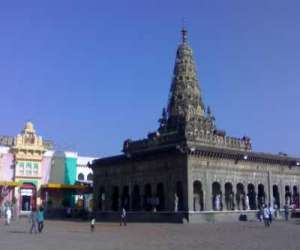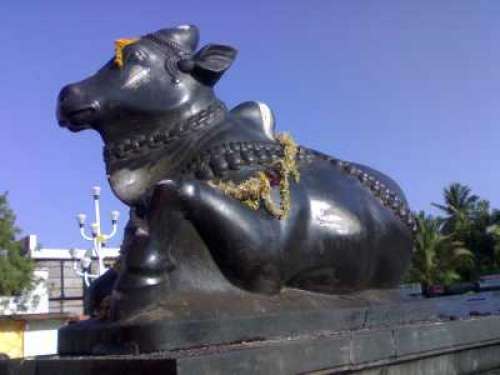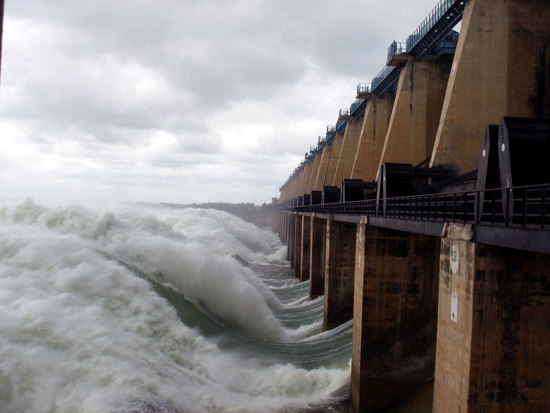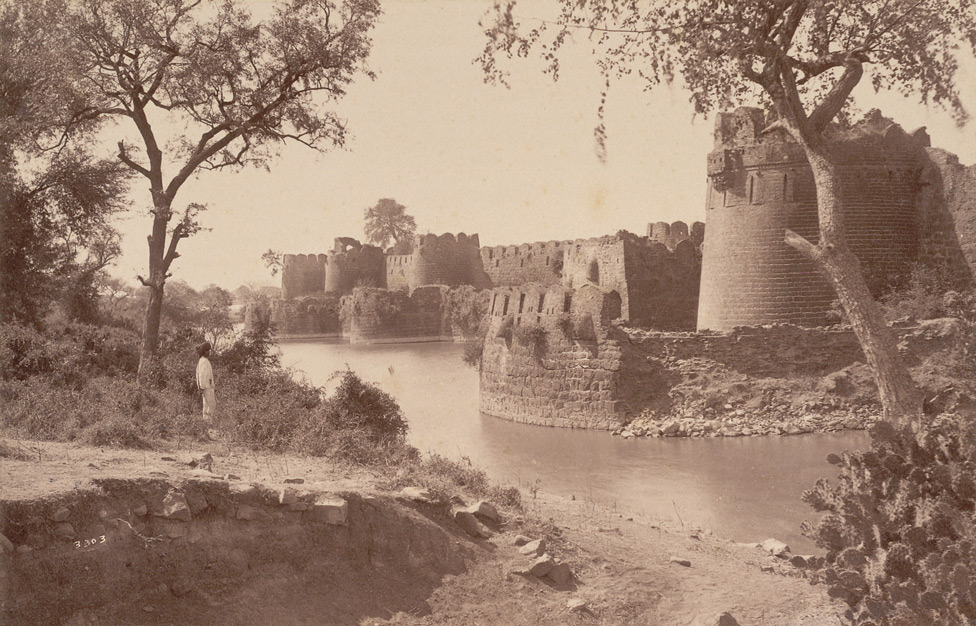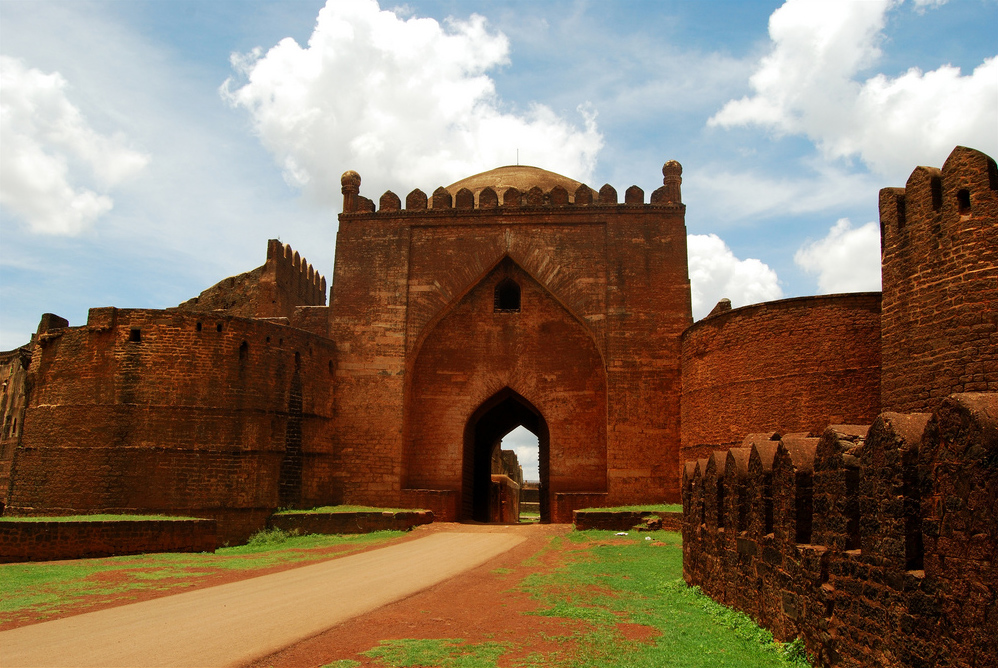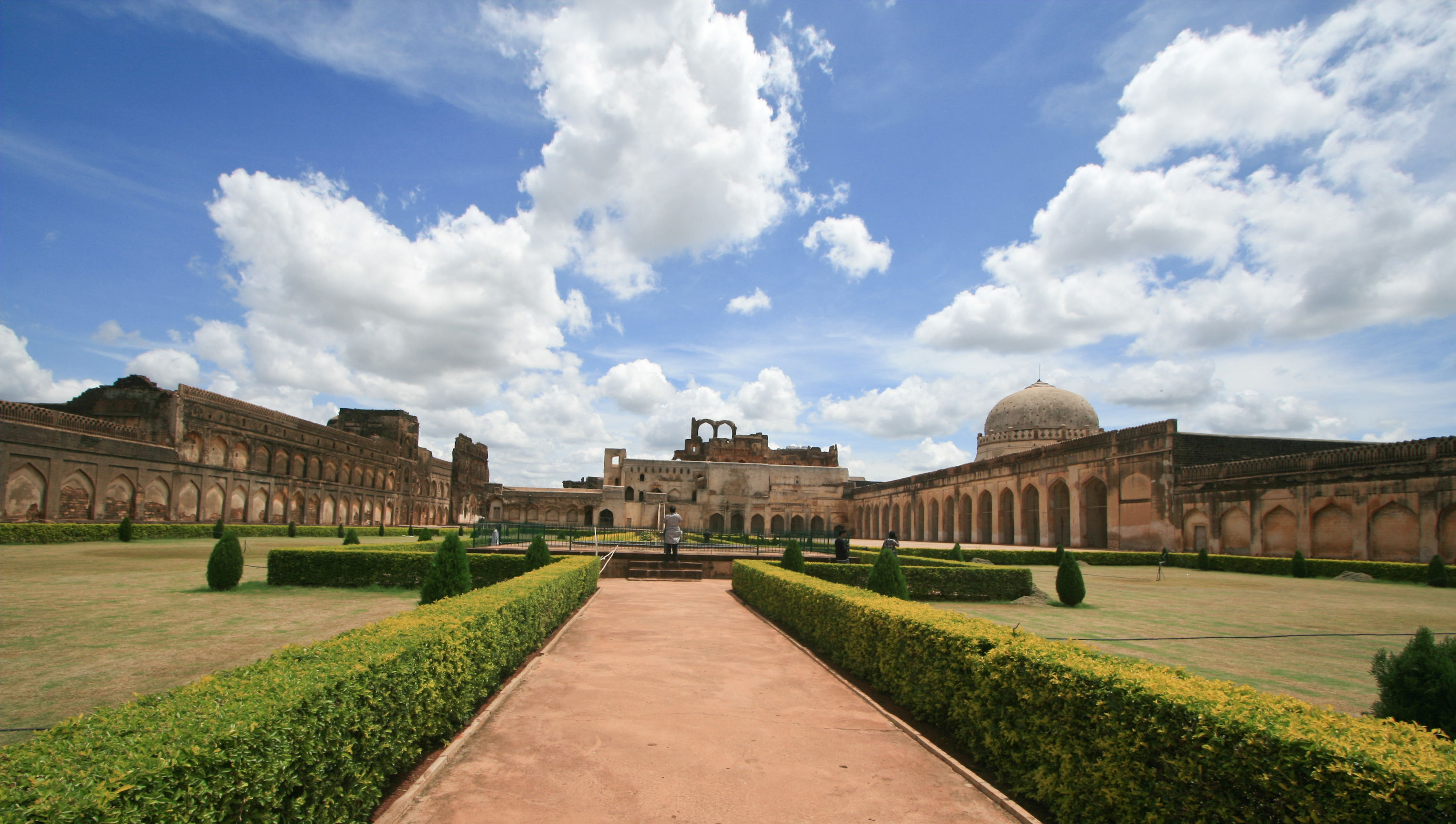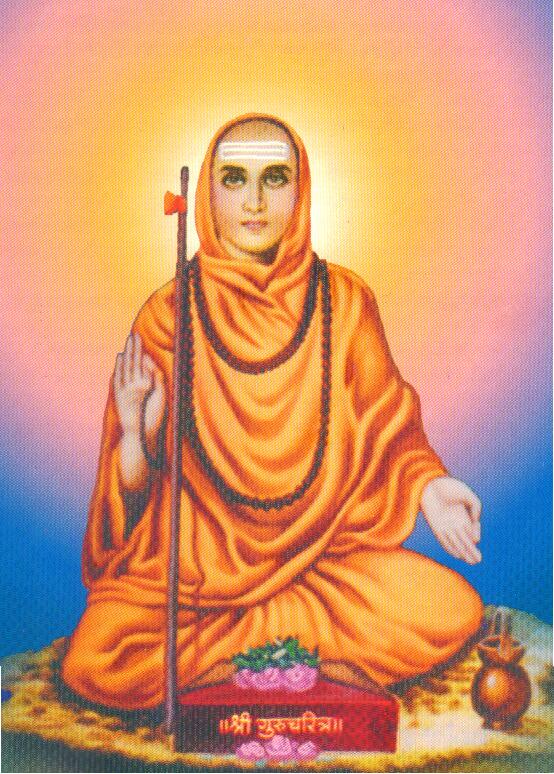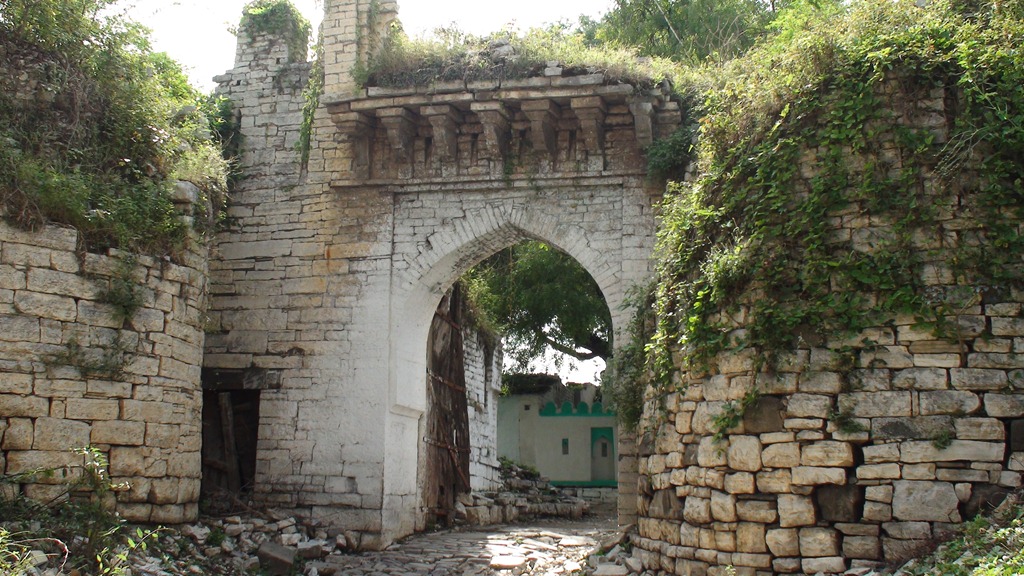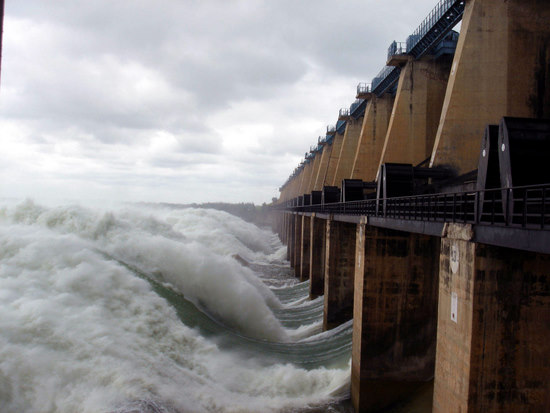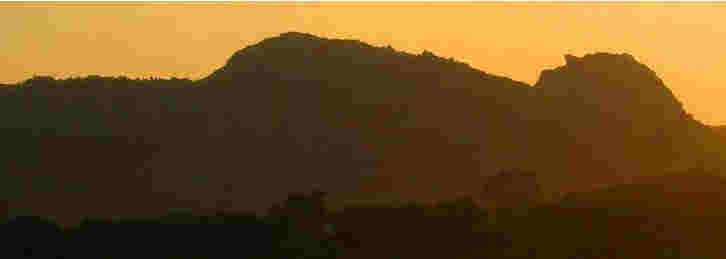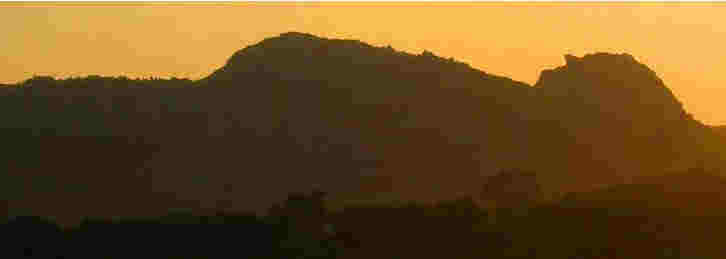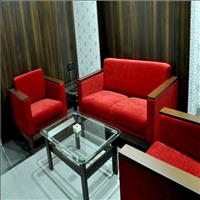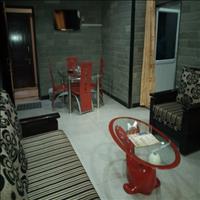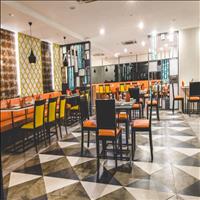Gulbarga
The erstwhile Bahamani Kingdom
General Information
District: Gulbarga, State: Karnataka, India
Area: 0
Languages Spoken: Kannada, Marathi and English
Long Distance Code: +91-8472
Importance:
Best Time to Visit: October to February
Description
Gulbarga and the area around it was a part of the ancient Chalukyan kingdom of Badami. The origin of the town of Gulbarga goes back to the local Kakatiya rulers of Warangal. It witnessed a lot of turmoil in the early medieval period. In the early part of the 14th century, it became the part of the Delhi Sultanate. It was captured by Ulugh Khan, one of the generals belonging to the Tughlaq dynasty of Delhi Sultanate, and later captured by Mohammed bin Tughlaq, the Sultan of Delhi. It remained a part of the Delhi Sultanate until the death of Mohammed bin Tughlaq. Later it became a part of the Bahamani kingdom. The Bahamani kings made it their capital from 1347 to 1428. In the 17th century, it was annexed by Aurangzeb, the last great Mughal ruler and inducted into the Mughal Empire. In the 18th century, Gulbarga came under the erstwhile rulers of Hyderabad.Location
Gulbarga is located in the northeastern part of the state of Karnataka, in the southern region of India. It is 663 km from Bangalore city and 214 km from Hyderabad city. The climate of Gulbarga is temperate with summers (April-June) being moderately hot and winters are cool (November-February). It experiences southwestern monsoon rains in the months of May to July.
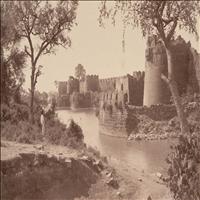 Originally built by Raja Gulchand and later fortified by Ala-ud-din Bahman, the fort contains large buildings, mosques, temples, stables, ammunition dumps, carriages, 15 towers, 26 guns and several beautiful courtyards. The piece-de-résistance of the sprawling fort is the 38,000 sq. ft. Jumma Masjid with its elegant domes and arched columns reminiscent of the great mosque of Cordoba in Spain. The crumbling ruins of Gulbarga Fort transport you to Karnataka's glorious past, when kingdoms fell and others rose from their ashes. The Sultan Hasan tomb, the tomb of Ghias-ud-din, the fine mausoleum of Feroze Shah and family, the Haft-Gumbaz outside the city and Gulbarga's many elegant mosques are also worth seeing.
Originally built by Raja Gulchand and later fortified by Ala-ud-din Bahman, the fort contains large buildings, mosques, temples, stables, ammunition dumps, carriages, 15 towers, 26 guns and several beautiful courtyards. The piece-de-résistance of the sprawling fort is the 38,000 sq. ft. Jumma Masjid with its elegant domes and arched columns reminiscent of the great mosque of Cordoba in Spain. The crumbling ruins of Gulbarga Fort transport you to Karnataka's glorious past, when kingdoms fell and others rose from their ashes. The Sultan Hasan tomb, the tomb of Ghias-ud-din, the fine mausoleum of Feroze Shah and family, the Haft-Gumbaz outside the city and Gulbarga's many elegant mosques are also worth seeing.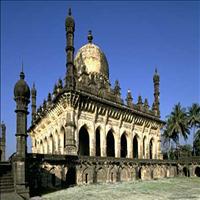 This palatial mosque and tomb is equally impressive. It is said to have inspired the Taj Mahal in Agra. Optional visits: Malik-e-Maidan, Asar Mahal, Mehtar Mahal, Gagan Mahal, Bara Kaman, Upli Buruj, Jod Gumbaz and Archaeological Museum.
This palatial mosque and tomb is equally impressive. It is said to have inspired the Taj Mahal in Agra. Optional visits: Malik-e-Maidan, Asar Mahal, Mehtar Mahal, Gagan Mahal, Bara Kaman, Upli Buruj, Jod Gumbaz and Archaeological Museum.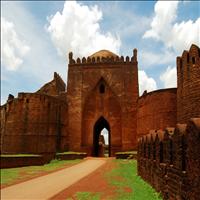 Catch a glimpse of Karnataka's richly textured history in this rugged 15th century fort surrounded by a triple-moated wall hewn out of red rock, with intricate battlements and an imposing gateway. The crumbling ruins of the bastions and gates, royal baths and kitchens, audience halls and pleasure pavilions stand as silent testimonies to Bidar's past glory. The Rang Mahal has elaborately carved wooden pillars, Persian couplets engraved in tiles and exquisite mother-of-pearl inlay work. A leisurely stroll through the streets of Bidar take you to the Madrassa of Khwaja Mahamud Gawan, an Islamic seminary built by Khwaja Mahamud Gawan, a prime minister of the Bahmani court, and the Chaubara, a 71 ft. high tower in the heart of the city. From here, move on to Ashtur, to see the Bahmani Tombs whose interiors are adorned by carefully preserved medieval Muslim paintings.
Catch a glimpse of Karnataka's richly textured history in this rugged 15th century fort surrounded by a triple-moated wall hewn out of red rock, with intricate battlements and an imposing gateway. The crumbling ruins of the bastions and gates, royal baths and kitchens, audience halls and pleasure pavilions stand as silent testimonies to Bidar's past glory. The Rang Mahal has elaborately carved wooden pillars, Persian couplets engraved in tiles and exquisite mother-of-pearl inlay work. A leisurely stroll through the streets of Bidar take you to the Madrassa of Khwaja Mahamud Gawan, an Islamic seminary built by Khwaja Mahamud Gawan, a prime minister of the Bahmani court, and the Chaubara, a 71 ft. high tower in the heart of the city. From here, move on to Ashtur, to see the Bahmani Tombs whose interiors are adorned by carefully preserved medieval Muslim paintings.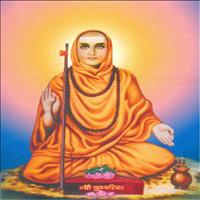 A few km from Gulbarga is Ganigapur. A famous centre of Dattatreya worship, this pilgrim centre has the sacred math of Shri Narasimha Saraswathi. The confluence of the rivers Amreja and Bhima attracts many pilgrims who take a holy dip here.\r\nA huge 'jatra' is held here every year in the month of February. The pilgrims popularly know this place as 'Deval Ganagapur'.\r\n
A few km from Gulbarga is Ganigapur. A famous centre of Dattatreya worship, this pilgrim centre has the sacred math of Shri Narasimha Saraswathi. The confluence of the rivers Amreja and Bhima attracts many pilgrims who take a holy dip here.\r\nA huge 'jatra' is held here every year in the month of February. The pilgrims popularly know this place as 'Deval Ganagapur'.\r\n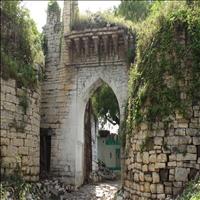 A Jain centre in the past, many Jain sculptures and bronzes have been found here. Malkhed is also famous for having produced two great personalities, namely, Tikacharya, the Madhava saint and Pushpadanta, the poet who wrote during the reign of Krishan II, the Rashtrakuta king.
A Jain centre in the past, many Jain sculptures and bronzes have been found here. Malkhed is also famous for having produced two great personalities, namely, Tikacharya, the Madhava saint and Pushpadanta, the poet who wrote during the reign of Krishan II, the Rashtrakuta king.Also known as Surpur, is the picturesque town on a ridge, surrounded by hills. It is dotted with temples, palaces, mosques and 'ashur-khanas'. An imposing fort is nearby. Taylor's Manzil, the residence of Col. Meadows Taylor, an Englishman appointed by the British, as a political agent to the state is a beautiful building.
An important pilgrim centre, Sonthi houses the renowned Chandralamba Temple with the sacred Bhima River flowing besides it.\r\nOn the either side of the main entrance are huge mantapas. In the inner courtyard are 12 lingas and the statues of Mahakali, Mahalakshmi and Saraswathi.\r\n
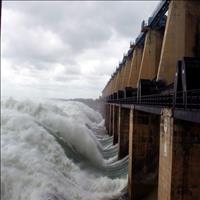 Across the Krishna River is a huge engineering feat. The Narayanpur Dam, inaugurated in 1982, is set among beautiful gardens.
Across the Krishna River is a huge engineering feat. The Narayanpur Dam, inaugurated in 1982, is set among beautiful gardens.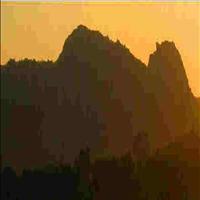 This is a Buddhist centre and the sleeping Buddha shaped mountain is worth seeing here.
This is a Buddhist centre and the sleeping Buddha shaped mountain is worth seeing here.29 km north west of Sharapur, this place is noted for its relations with Bahamani Dynasty. Annual 'Urs' is held here.
Karnataka With Wildlife & Beach In Goa / PI-0256 (14 Days / 13 Nights)
Hyderabad-Bidar-Gulbarga-Bijapur-Badami-Pattadakal-Hospet-Hampi-Hospet-Dandeli-Goa-Mumbai
Stretching from the evergreen forests of Western ghats to the scrub jungle of plains, this trip takes you across the picturesque state of Karnataka. The forest reserves of the state are then followed by the relaxing sandy beaches of Goa where you can unwind in the tranquil setting of calm beaches and beautiful resorts.
Detailed Itinerary
Day 1 : Hyderabad
Day 2 : Hyderabad
Day 3 : Hyderabad-Bidar-Gulbarga
Day 4 : Gulbarga - Bijapur
Day 5 : Bijapur - Badami
Day 6 : Badami-Pattadakal-Hospet
Day 7 : Hospet-Hampi-Hospet
Day 8 : Hospet-Dandeli
Day 9 : Dandeli
Day 10 : Dandeli - Goa
Day 11 : Goa
Day 12 : Goa
Day 13 : Goa - Mumbai
Day 14 : Mumbai
Hyderabad-Bidar-Gulbarga-Bijapur-Badami-Pattadakal-Hospet-Hampi-Hospet-Dandeli-Goa-Mumbai
Stretching from the evergreen forests of Western ghats to the scrub jungle of plains, this trip takes you across the picturesque state of Karnataka. The forest reserves of the state are then followed by the relaxing sandy beaches of Goa where you can unwind in the tranquil setting of calm beaches and beautiful resorts.
Detailed Itinerary
Day 1 : Hyderabad
Day 2 : Hyderabad
Day 3 : Hyderabad-Bidar-Gulbarga
Day 4 : Gulbarga - Bijapur
Day 5 : Bijapur - Badami
Day 6 : Badami-Pattadakal-Hospet
Day 7 : Hospet-Hampi-Hospet
Day 8 : Hospet-Dandeli
Day 9 : Dandeli
Day 10 : Dandeli - Goa
Day 11 : Goa
Day 12 : Goa
Day 13 : Goa - Mumbai
Day 14 : Mumbai
Culture Of Karnataka / PI-0267 (15 Days / 14 Nights)
Mumbai-Hyderabad-Gulbarga-Bijapur-Badami-Hospet-Hassan-Mysore-Bengaluru-Kochi-Alappuzha-Kochi-Mumbai
Karnataka is a state of rich heritage, ancient lineages and diverse languages. Its ethnic grandness is fortified by the embossments of various rulers who have ruled the place in addition to its huge ambit of festivals, music and royal cuisine. Home to various tribes, the place is also home to the famous rock edicts of King Ashoka that epitomize the aestheticism and regal artistry of the place.
Detailed Itinerary
Day 1 : Mumbai
Day 2 : Mumbai
Day 3 : Mumbai - Hyderabad
Day 4 : Hyderabad - Gulbarga
Day 5 : Gulbarga - Bijapur
Day 6 : Bijapur - Badami
Day 7 : Badami - Hospet
Day 8 : Hospet
Day 9 : Hospet - Hassan
Day 10 : Hassan - Mysore
Day 11 : Mysore
Day 12 : Mysore - Bengaluru - Kochi
Day 13 : Kochi
Day 14 : Kochi-Alappuzha
Day 15 : Alappuzha-Kochi-Mumbai
Mumbai-Hyderabad-Gulbarga-Bijapur-Badami-Hospet-Hassan-Mysore-Bengaluru-Kochi-Alappuzha-Kochi-Mumbai
Karnataka is a state of rich heritage, ancient lineages and diverse languages. Its ethnic grandness is fortified by the embossments of various rulers who have ruled the place in addition to its huge ambit of festivals, music and royal cuisine. Home to various tribes, the place is also home to the famous rock edicts of King Ashoka that epitomize the aestheticism and regal artistry of the place.
Detailed Itinerary
Day 1 : Mumbai
Day 2 : Mumbai
Day 3 : Mumbai - Hyderabad
Day 4 : Hyderabad - Gulbarga
Day 5 : Gulbarga - Bijapur
Day 6 : Bijapur - Badami
Day 7 : Badami - Hospet
Day 8 : Hospet
Day 9 : Hospet - Hassan
Day 10 : Hassan - Mysore
Day 11 : Mysore
Day 12 : Mysore - Bengaluru - Kochi
Day 13 : Kochi
Day 14 : Kochi-Alappuzha
Day 15 : Alappuzha-Kochi-Mumbai
Karnataka With Buddhist Tour / PI-0269 (15 Days / 14 Nights)
Mumbai-Aurangabad-Mumbai-Hyderabad-Gulbarga-Bijapur-Badami-Hospet-Hassan-Mysore-Bengaluru
This Buddhist tour of Karnataka takes you across the several Buddhist pilgrimage sites of the state that are considered to be important historical pieces of Indian history too. Starting from Aurangabad, the tour takes you across the scenic cities of Gulbarga, Bijapur, Badami, Hospet, the palace city of Mysore and finally ending with the fast moving yet laid back city of Bengaluru.
Detailed Itinerary
Day 1 : Mumbai
Day 2 : Mumbai
Day 3 : Mumbai - Aurangabad
Day 4 : Aurangabad - Mumbai
Day 5 : Mumbai-Hyderabad
Day 6 : Hyderabad - Gulbarga
Day 7 : Gulbarga - Bijapur
Day 8 : Bijapur - Badami
Day 9 : Badami - Hospet
Day 10 : Hospet
Day 11 : Hospet - Hassan
Day 12 : Hassan - Mysore
Day 13 : Mysore
Day 14 : Mysore - Bengaluru
Day 15 : Bengaluru
Mumbai-Aurangabad-Mumbai-Hyderabad-Gulbarga-Bijapur-Badami-Hospet-Hassan-Mysore-Bengaluru
This Buddhist tour of Karnataka takes you across the several Buddhist pilgrimage sites of the state that are considered to be important historical pieces of Indian history too. Starting from Aurangabad, the tour takes you across the scenic cities of Gulbarga, Bijapur, Badami, Hospet, the palace city of Mysore and finally ending with the fast moving yet laid back city of Bengaluru.
Detailed Itinerary
Day 1 : Mumbai
Day 2 : Mumbai
Day 3 : Mumbai - Aurangabad
Day 4 : Aurangabad - Mumbai
Day 5 : Mumbai-Hyderabad
Day 6 : Hyderabad - Gulbarga
Day 7 : Gulbarga - Bijapur
Day 8 : Bijapur - Badami
Day 9 : Badami - Hospet
Day 10 : Hospet
Day 11 : Hospet - Hassan
Day 12 : Hassan - Mysore
Day 13 : Mysore
Day 14 : Mysore - Bengaluru
Day 15 : Bengaluru
The Southern Heritage and the Goa beaches / PI-0369 (17 Days / 16 Nights)
Mumbai-Hyderabad-Gulbarga-Bijapur-Badami-Hospet-Hassan-Mysore-Bengaluru-Goa-Mumbai
There is much more to the south of India other than the natural beauty. The splendours of Nizam those rest in Hyderabad or the ancient temples built by the Hoysala rulers, south of India is one surprise package that one can ever imagine. Add to it the relaxed mood for the Goan beaches and fast life of Mumbai, put all this together to get a completely different insight of India.
Detailed Itinerary
Day 1 : Mumbai
Day 2 : Mumbai
Day 3 : Mumbai - Hyderabad
Day 4 : Hyderabad - Gulbarga
Day 5 : Gulbarga - Bijapur
Day 6 : Bijapur - Badami
Day 7 : Badami - Hospet
Day 8 : Hospet
Day 9 : Hospet - Hassan
Day 10 : Hassan - Mysore
Day 11 : Mysore
Day 12 : Mysore - Bengaluru
Day 13 : Bengaluru - Goa
Day 14 : Goa
Day 15 : Goa
Day 16 : Goa - Mumbai
Day 17 : Mumbai
Mumbai-Hyderabad-Gulbarga-Bijapur-Badami-Hospet-Hassan-Mysore-Bengaluru-Goa-Mumbai
There is much more to the south of India other than the natural beauty. The splendours of Nizam those rest in Hyderabad or the ancient temples built by the Hoysala rulers, south of India is one surprise package that one can ever imagine. Add to it the relaxed mood for the Goan beaches and fast life of Mumbai, put all this together to get a completely different insight of India.
Detailed Itinerary
Day 1 : Mumbai
Day 2 : Mumbai
Day 3 : Mumbai - Hyderabad
Day 4 : Hyderabad - Gulbarga
Day 5 : Gulbarga - Bijapur
Day 6 : Bijapur - Badami
Day 7 : Badami - Hospet
Day 8 : Hospet
Day 9 : Hospet - Hassan
Day 10 : Hassan - Mysore
Day 11 : Mysore
Day 12 : Mysore - Bengaluru
Day 13 : Bengaluru - Goa
Day 14 : Goa
Day 15 : Goa
Day 16 : Goa - Mumbai
Day 17 : Mumbai
Gulbarga, India Tours

